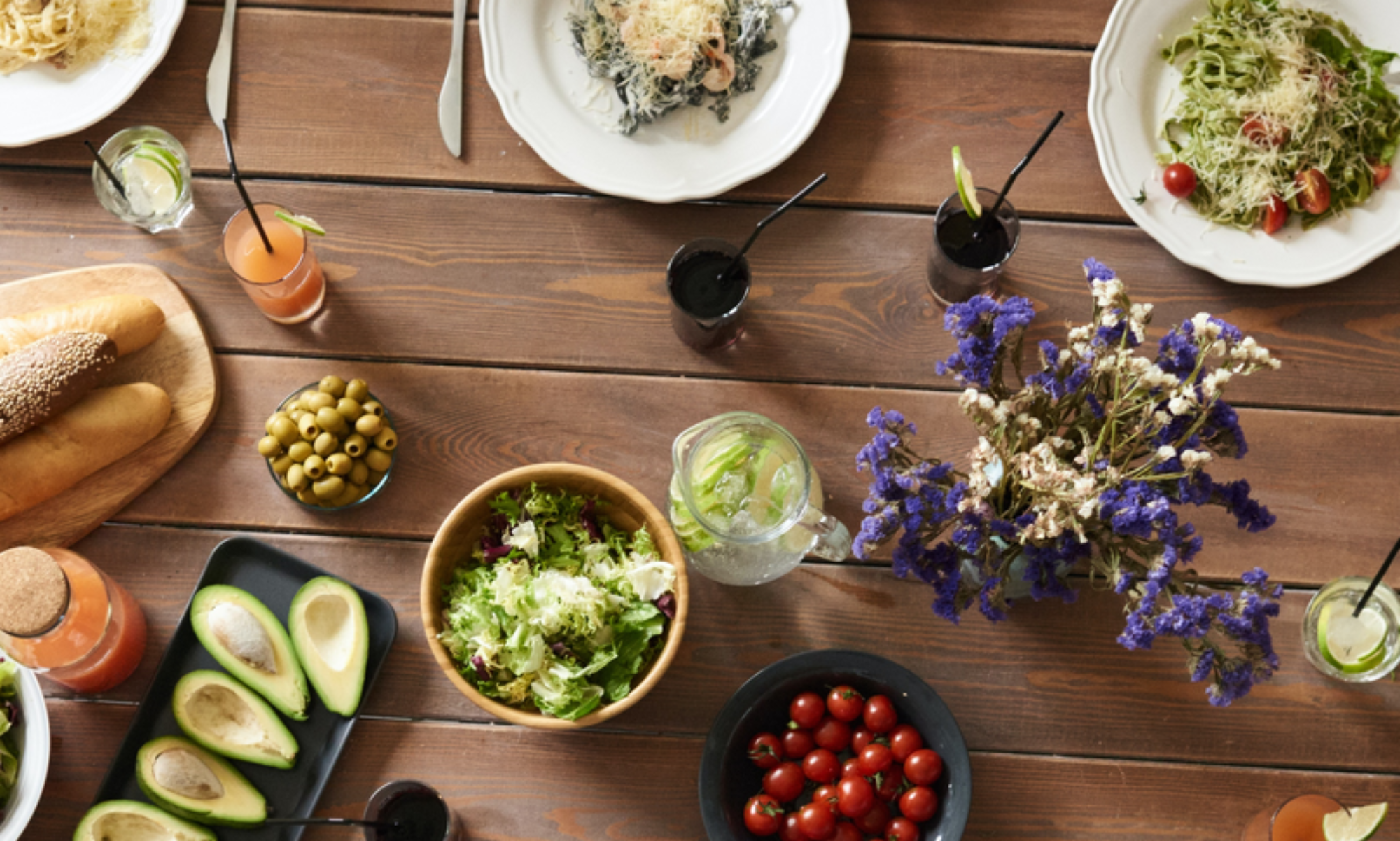I love buying fresh fruit and vegetables but one thing I have been guilty of is not being well informed as to how best to wash it when I get it home. Mostly I just run rinse it in running water before I use it and I know that whilst that gets rid of some pesticide residues it is not the best form of cleaning my precious produce.
So I researched.
I started with commercial produce cleaners and most sources told me that most of these are not much better than just using water.
The best ways to wash your fruit and veg are with salt water, vinegar water, or baking soda water.
Researchers found that a 10% salt water solution was the most effective. Using full strength vinegar was equally effective but would quickly be very expensive and of course there’s that lingering vinegar taste!
Surprisingly a weak baking soda solution (that’s one ounce of baking soda to 100 ounces of water) was THE most effective way of removing pesticide residues from the skin and below the skin. However it took 12 to 15 minutes of soaking time.
When I want to cook I like to get going so I needed to find the most efficient method to clean my fruit and veggies.
I liked the quick technique of using a salad spinner for leafy greens where you dump in your greens, fill the spinner with water and a teaspoon of baking soda. You soak them for a minute or two, dump out the water and rinse and then spin them dry.
Other hardier veggies you can simply soak them in the water and baking soda solution, scrub them, then rinse them and dry them off.
Most fruit can be washed in the same way. However berries and delicate fruit should be carefully patted dry. You need to eliminate moisture because this accelerates spoilage, microflora, and mold. So it’s good to wash them just before you eat them.
One important thing to note is that even organic produce needs cleaning as it generally carries some pesticide residue as well.
But like anything on Tweaklets, adding this extra step into your food preparation should not be a nuisance so don’t make it a big deal. Find a method for washing your fruit and vegetables that works for you. Even rinsing it under running water has some benefits. And that’s what we’re all about isn’t it – tiny food tweaks that make all the difference to our health!
If you have any other good techniques I’d love to hear about them so write in the Comments below.


